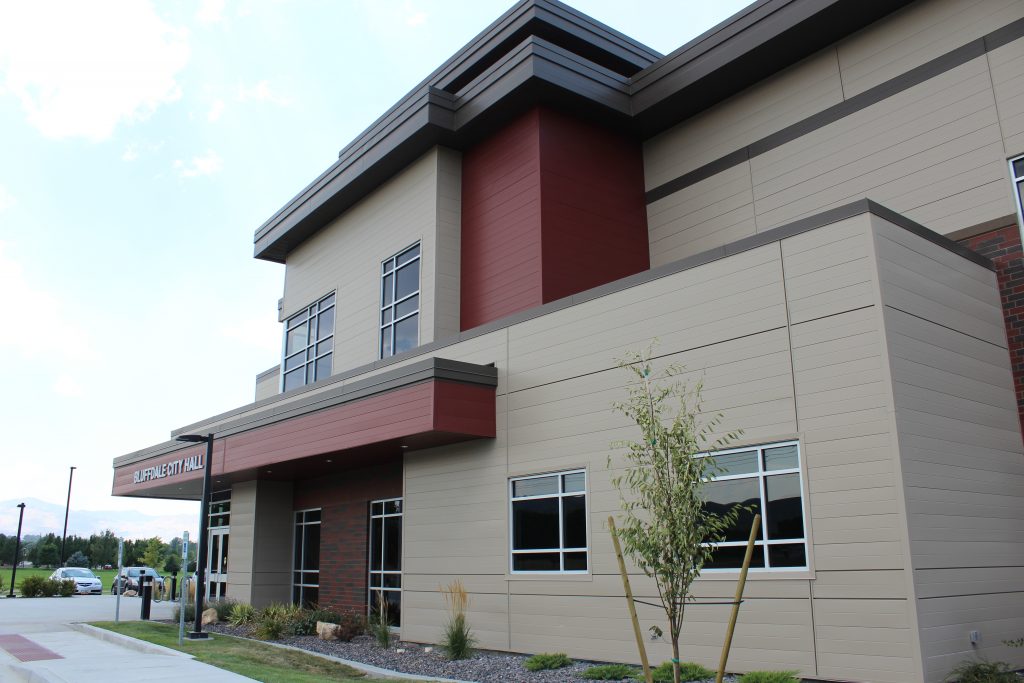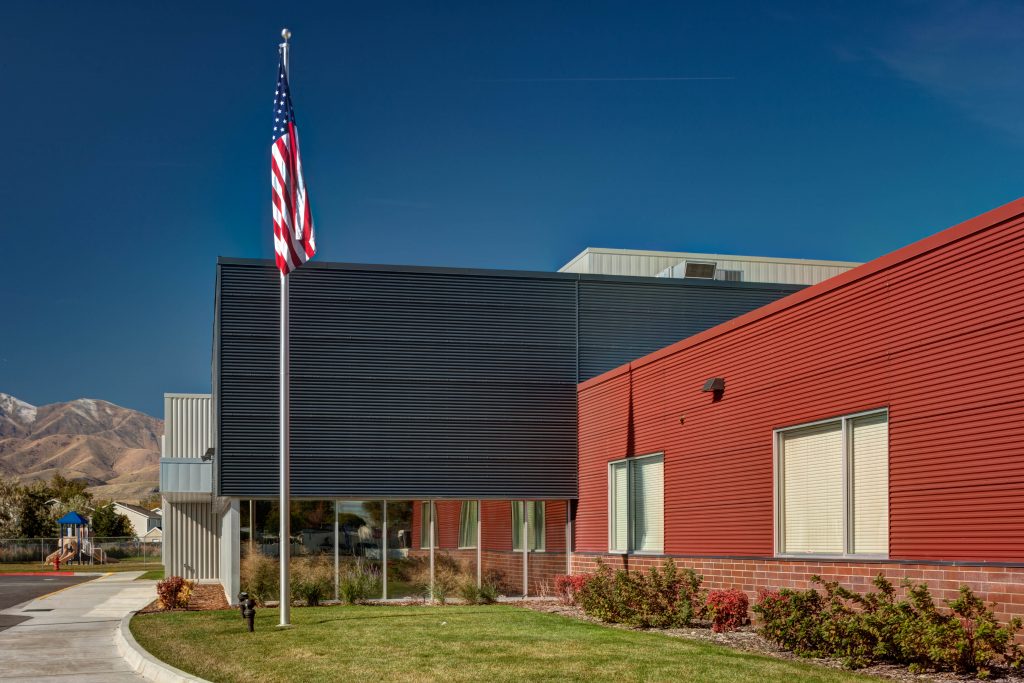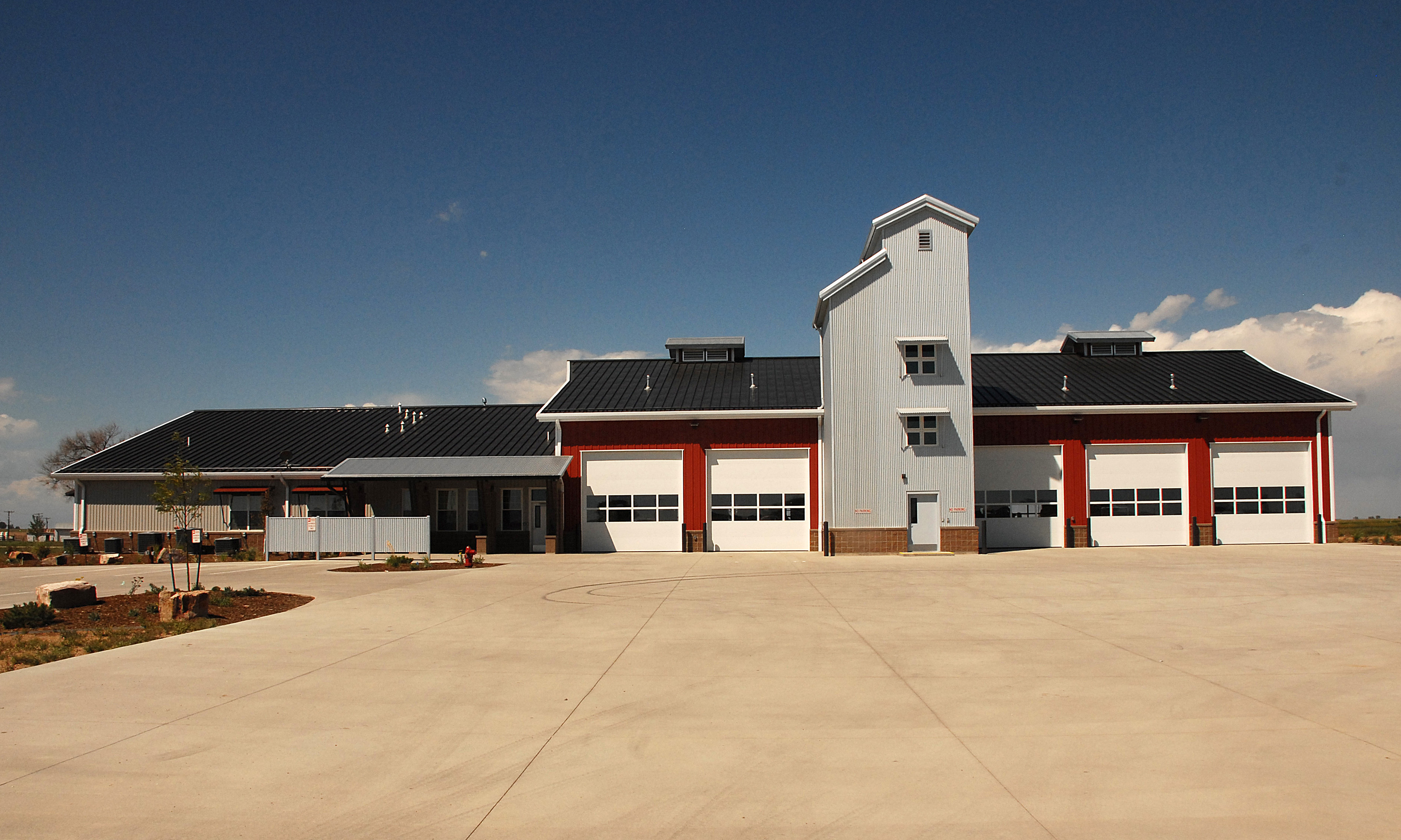Category: Metal Roofing
Looking Ahead: 2022 Trends at a Glance

Why Upgrade a Roof to Metal Panels?
5 Retrofit Metal Roofing Systems
Metal-Over-Metal Retrofit Roof Hugger System
Steep Slope Metal Panel Roof Retrofitting Over An Existing Low-Slope Roof: Part 2
Metal Panel Roof Restoration & Installation
Planning for Metal Roof Retrofitting
The Color Of Success: MBCI’s Durable Coating & Finish Options
The building is designed. The construction schedule is worked out. The materials have been chosen. The trades have been hired. There’s just one more crucial decision to make: The finish.
Metal construction with MBCI already has a long list of benefits basically built in, from enhanced sustainability to superior durability and longevity. But to ensure the long-term, high-performing life of the MBCI materials you’ve invested in, you also need to choose the right finish for your metal components.
Though many people think of finish as simply the color on top of the metal, it’s actually far more. Standard finishes include a primer designed to bind the colorcoat to the metal substrate and provides additional corrosion protection. The colorcoat is comprised of a resin and pigments to create a durable finish in a variety of colors. MBCI’s color finishes are composed of a combination of layers and ingredients to provide you with the best technology for your specific project. MBCI can provide customized finishes that can include additional layers of primer, colorcoat or topcoats depending on the level of protection you choose. The selected resins, pigments and other ingredients determine not only the color and gloss, but how well the finish can stand up to the elements, its expected longevity – and therefore the lifetime of the material it’s protecting.
Which finish?
MBCI offers two categories of standard finishes. The Signature® 200 series of coatings is a silicone modified polyester (also known as SMP). Silicone modified polyester coatings are hard, durable finishes that provide remarkable gloss, color retention and chalk resistance. A perfect choice for doors, wall cladding, agricultural and high traffic commercial projects. The most economical choice, Signature® 200, comes in a variety of stock colors and can also be customized to your specifications.
For premium projects or projects in more aggressive environments, MBCI’s Signature® 300 series of coatings utilize a 70%polyvinylidene fluoride (PVDF) resin. PVDF finishes offer superior color retention and are highly resistant to harsh conditions such as UV radiation, high winds, high altitudes, acid rain, high humidity and other chemically or environmentally aggressive environments. Signature® 300 coatings are perfect for high visibility architectural and industrial projects. If you’re building near the coastline, MBCI carries a special finish formulated to stand up to marine environments and damaging salt spray.
MBCI also provides customized finishes for interior projects wherever corrosive conditions occur indoors, such as in water treatment plants, indoor swimming pools or facilities that use or manufacture caustic, corrosive chemicals.
Color Choices
The popular reds and greens of recent decades have given way to trends toward more natural colors, earth tones, calming blues and natural metallics such as copper and bronze. As MBCI Paint and Coatings Specialist Martin Thompson explains, “MBCI’s stock color options reflect the changes in color trends – and if there is something we don’t offer on the standard color chart, we will customize it for you.”
You can download MBCI’s Color Charts here:
Commercial & Industrial Color Chart
If you don’t find the option you had in mind, contact your friendly MBCI representative to start the color customization process. We can match virtually any shade, but custom colors may require increased lead time.
Maintenance/Best Practices
Once you’ve completed a project, you’ll certainly want to maintain it. While MBCI products require little to no maintenance, there are a few pointers that will help get the longest life and best performance out of your MBCI metal finish:
- Don’t allow cut panel ends to contact uncured concrete — Metal panels are susceptible to corrosion when exposed to chlorides or highly alkaline uncured concrete. Leave a gap between these panel edges and green concrete and ensure good drainage away from walls and off rooftops.
- Keep metal components dry — Corrosion is made possible by prolonged wet conditions. Inspect your entire building envelope at least twice a year, removing dirt buildup, mold, mildew or anything else that traps or holds water against metal components.
- Wash annually — A light washing with household soap or siding cleaner is recommended once a year. In wet environments with excessive organic material like mold or pollen, wash more frequently.
Warranties
We know our finishes are strong, and we stand by them. Both the Signature® 200 and Signature® 300 series come with 30-year colorfastness and 40-year film integrity warranties. Colorfastness refers to the color maintaining its appearance, while film integrity is an indicator of how long the finish will adhere to the panel surface. In exceptionally harsh environments such as heavy industrial or coastal areas, the warranty may be different. Speak to your representative for more details. In case of small scratches or blemishes, touchup paint matching your finish is available through MBCI.
When you’re ready to make decisions on coatings and finishes – or if you just have questions – don’t hesitate to reach out to your MBCI representative.
The Importance of Cleaning Metal Roof and Wall Panels
Metal panels need attention; they should not be taken for granted. True, they are a notably long-lasting and attractive choice, particularly with the myriad colors and protective finishes available, but once installed, proper care is imperative in order to maintain their durability, performance and good looks for decades.
What are the main culprits of potential damage? Dirt and residue (such as from trees or animals) left to sit on metal panels, for instance, can cause the irreversible degradation of protective coatings, thereby compromising the longevity of roof and/or wall systems. Additionally, corrosive elements, including bacteria, mold, mildew or even acid rain can damage the structural integrity of the panels. Additionally, buildup of foreign elements, such as leaves, can hide potential leak areas or places that may be rotting away. Even in terms of energy efficiency, keeping the panels clean may help a roof reflect heat as they were originally intended.
To keep panel appearance in top shape, protecting the finishes must be a priority—otherwise, you may find yourself needing to re-coat the panels. Stains from leaves and moisture, algae and lime deposits that remain on panels for extended periods can do serious harm to the finish. It should be noted, however, that re-coating should only be considered if the panels remain structurally sound and if doing so wouldn’t void the manufacturer warranty.
How often should you clean metal panels? Most experts agree that at a minimum, an annual cleaning is advisable in order to keep the panels free of common elements that can jeopardize the integrity of the finishes. If you have heavy tree overhang, you may need to clean it or remove debris a little more frequently.
Deep cleaning to remove more stubborn substances (e.g., tree sap, oxidation) can be done every 3 to 5 years, depending on the building conditions, location and weather, etc. Interim, moderate cleanings can also be performed following substantial weather events and seasonal allergen build-up. It’s a good idea, in fact, to assess roof conditions before winter hits to identify any potential issues that need to be addressed.
No matter the frequency, perhaps the most important advisory when it comes to cleaning the panels is to follow the panel manufacturer’s recommendations regarding who should perform the work and with what solutions and tools so as not to void any warranties. In some instances, it may be beneficial (or perhaps even required) to have a professional building surface cleaning company with metal panel experience do the work.
Tips on Proper Cleaning Techniques and Solutions
As for the maintenance and cleaning instructions, it’s always best to refer to the manufacturer’s guidelines in order to best protect specific products, for example, to determine which cleaning solutions and techniques work best for a given manufacturer’s panels. Neglect or improper care can degrade the finish, compromising not only the visual appearance and performance but, as noted, can also potentially void the panel warranty. But maintaining the panels doesn’t just entail washing them like you would a car; it also means keeping them free of harmful debris.
Here are a few general tips for the proper cleaning of metal panels (again, refer to the panel manufacturer’s specific directions):
Simple cleaning: generally, water and mild detergent will be sufficient. Do NOT use bleach, which can change the finish color or have a harmful interaction with certain finishes.
Water-soluble dirt or other deposits requiring more complete cleaning: you can use a solution of hot or cold water mixed with detergent. In a container of water, use a 5 percent solution of commonly used commercial (non-industrial, non-bleach) mild detergent. Use a cloth or a soft-bristle brush for application of the cleaning solution, followed by a clean water rinse. Alternatively, pressure-washing with a 40° tip is also an option.
Non-water-soluble deposits such as tar, grease, oil and adhesives: a solvent or alcohol-based cleaner may be required. In this case, since most organic solvents are flammable and/or toxic, they must be handled accordingly. Generally, keep them away from open flames, sparks and electrical motors; use adequate ventilation, protective clothing and goggles; and read the manufacturer’s Material Safety Data Sheet (MSDS) of any solvent used for any other specific safety details.
The following are among the cleaners widely recognized by manufacturers for this type of non-water-soluble cleaning: alcohols—denatured alcohol (ethanol) and isopropyl alcohol (rubbing alcohol); and solvents, including VM&P Naphtha, mineral spirits, kerosene, and turpentine (wood or gum spirits).
For any level of cleaning, do NOT use wire brushes, abrasives, or similar tools that will erode the surface coating and leave scratches or other finish damage that can lead to corrosion. Additionally, always test a small area before proceeding with any of the cleaning agents mentioned to ensure there is no adverse effect resulting from the product’s use.
Remember, the misuse or abuse of any of the acceptable cleaning agents will automatically void any manufacturer’s warranty for the affected surfaces, so be sure to check with the manufacturer and also follow directions on any cleaning products used.
By following the tips above, installers can keep metal panels looking great and performing well for years to come.
To learn more about the importance of cleaning metal panels, contact your MBCI representative or check out our blog post on metal panel maintenance.


